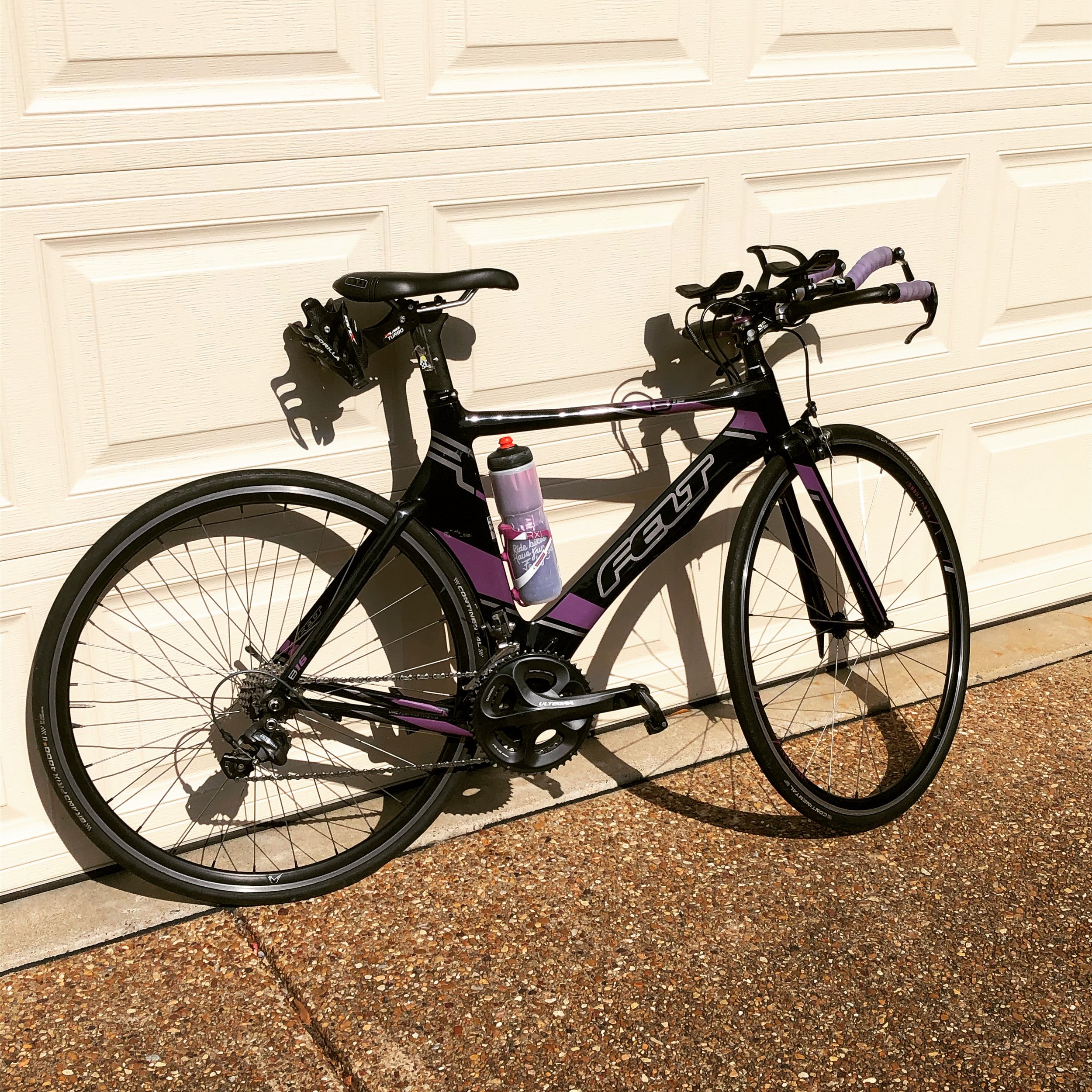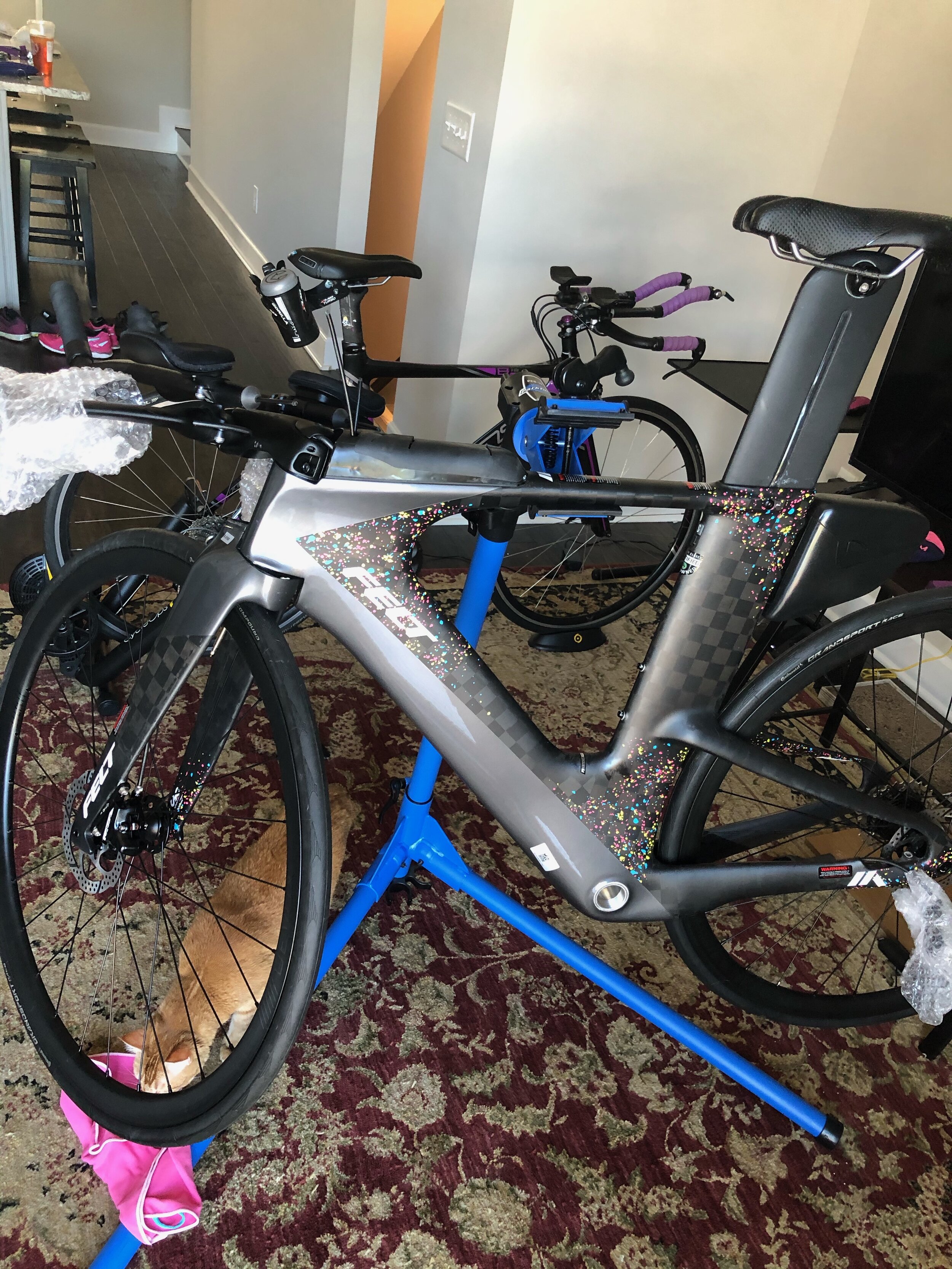Since I started zone 2 training (sometimes) earlier in the year, I’ve learned a lot about implementing it as well as how it should be used and the common pitfalls of it. One of the biggest pitfalls I’ve found is letting it turn into a lot of junk miles and not quality miles. It reminds me of back when my swim coach would call it “mamby pamby” swimming if we were just kind of going through the motions without purpose.
I have definitely had to adjust my pace and expectations as far as how my workouts are going to go in order to make sure I am following my plan. Below are the things I have found to be important to maintain the quality of these zone 2 workouts.
Make sure your heart rate is staying in zone 2. This may seem obvious, but I found it difficult in the beginning, and I still do sometimes. Depending on your level of fitness, you may see your heart rate try to drift into zone 1 or zone 3. Some people may say that it is supposed to be an easy pace, and that’s just where they fall naturally for an easy pace, and while certain conditions may elicit following pace or perceived exertion, heart rate can also prevent you from overexerting yourself at times when you need to stay in zone 2. I have a high heart rate (200+ max), so I set my zones based on my threshold, and I while I struggle at times when out of shape, I did find based on historic data from when I trained for my full in 2016 that it was a lot of time running in zone 2 without knowing it.
Know your purpose when you go out to run. Zone 2 training is not about all zone 2 training. It is about doing 80ish percent of your training in that zone so you can go hard when it matters. A great example of this for me is a recovery run. It is really easy to make this turn into an easy run where form falls apart, so I know I need to focus on my form, and I even use these to incorporate terrain similar to a race course, because I prefer doing my speed intervals on flatter routes.
Not every workout needs to have intervals. I’m really bad about this when training on my own. I get bored easily on the trainer or the treadmill, so in the winter I want to do intervals to break up the ride. The problem is that all of those intervals are more time out of zone 2, most likely in excess of 20ish percent of my training. This can leave you fatigued when you get to key sessions. Ive found for steady state rides on the trainer a route with a good hill where I have to maintain my heart rate and power is helpful, because it gives me something to focus on, and when running I try to get outside when I can or vary the incline on the treadmill. This helps me add something extra to focus on instead of letting my mind wander and my form potentially fall apart.
Focus on your form. When we go slower, we naturally may change our form in a negative way, so I find it is very important to maintain form on these slower workouts. When running I am thinking about moving my arms forward instead of letting them cross my body, and I focus on how my feet sound when striking the ground. When cycling, I am watching my cadence on the flats, trying to stay above 80 rpm, since historically I’ve had a low cadence. For me, watching these cues brings these back to being workouts and not just junk miles.
Know that bad days will happen and adapt instead of letting the workout fall apart. Bad could mean a lot of things. The weather is wrong, your heart rate monitor isn’t working, or your legs feel like a ton of bricks. Today, my legs felt like a ton of bricks and I could not keep my heart rate down without slowing to a shuffle, which is slower than me walking. I modified my run to a run walk, trying to stay in zone 2 like it was written, and getting the workout done meant it was still a success. I’ve had long runs on treadmills when it’s snowing, and I’ve gone based on perceived exertion when my heart rate monitor is dead. The most important thing is to be able to adapt to these situations and fit the workout around them, so you’re not going out and just going through the motions because something went wrong.
Those are my five biggest tips for preventing zone 2 training from turning into junk miles. For me personally, tip 2 has been the most important. When I first heard people talking about low heart rate training, I just thought it meant everything was done at a low heart rate and a steady pace, but now I have a better understanding of how training is structured on a plan that focuses on zone 2 training.












